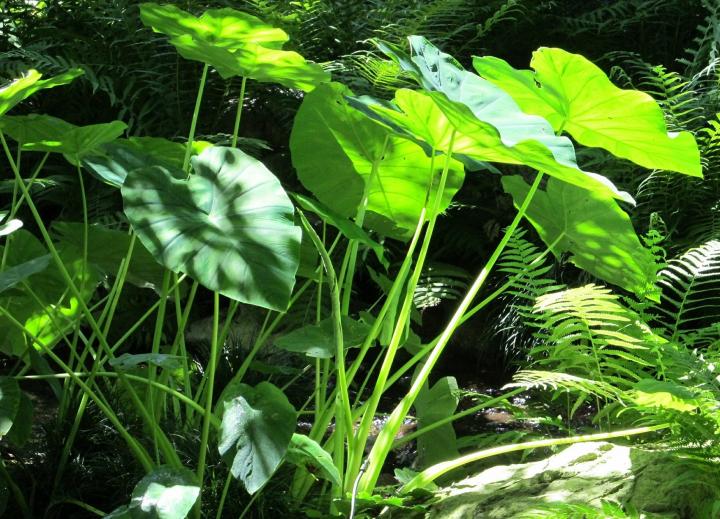
How to Plant, Grow, and Care for Elephant Ears
ADVERTISEMENT
Perhaps you could share some directions and/or recipes to turn elephant ears (Taro) into something edible (poi).
The root of elephant ear is very toxic to humans. The plant is categorized as an invasive species in the San Marcos River in Texas. It is unconscionable imprudent to foster this aggressive plant anywhere in North America. You should delete any reference to this plant in a favorable format.
Actually, it's only toxic if it's consumed without being cooked. It's "taro", or "malanga". You can peel, boil, mash with butter and salt, and eat it perfectly fine. It's actually great for your stomach if it's upset (such as vomitting/diarrhea) and it's filling! Go to your local grocery store/farmer's market and try it. :)
Uh no. They are fabulous plants and nowhere near invasive. I am in North Texas










Comments